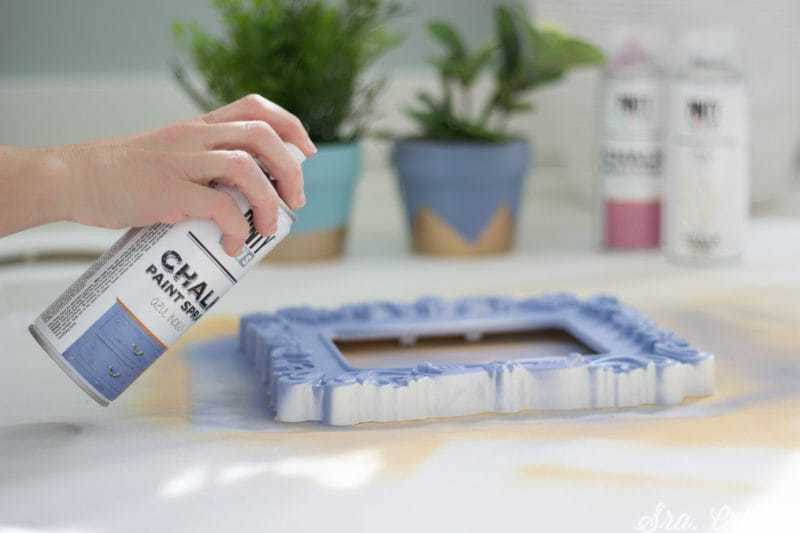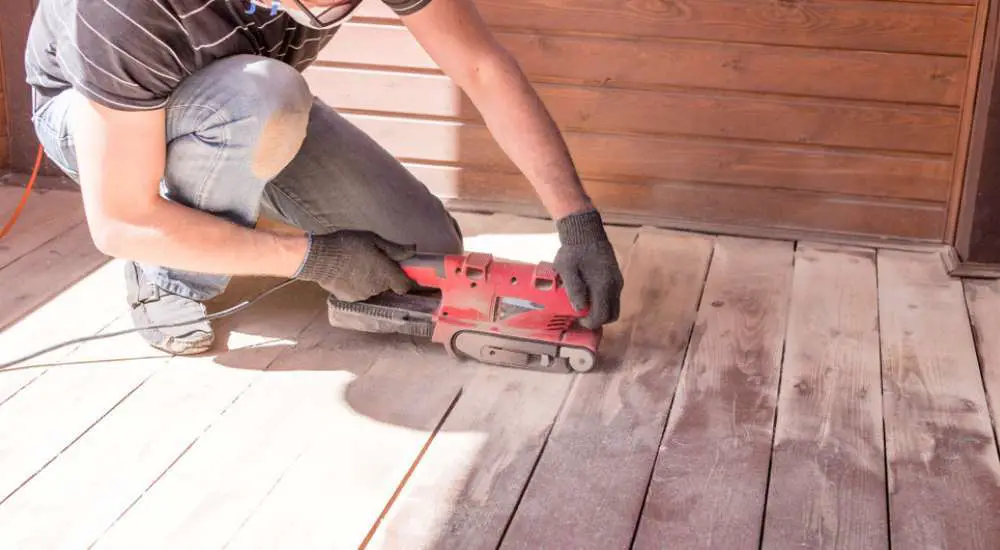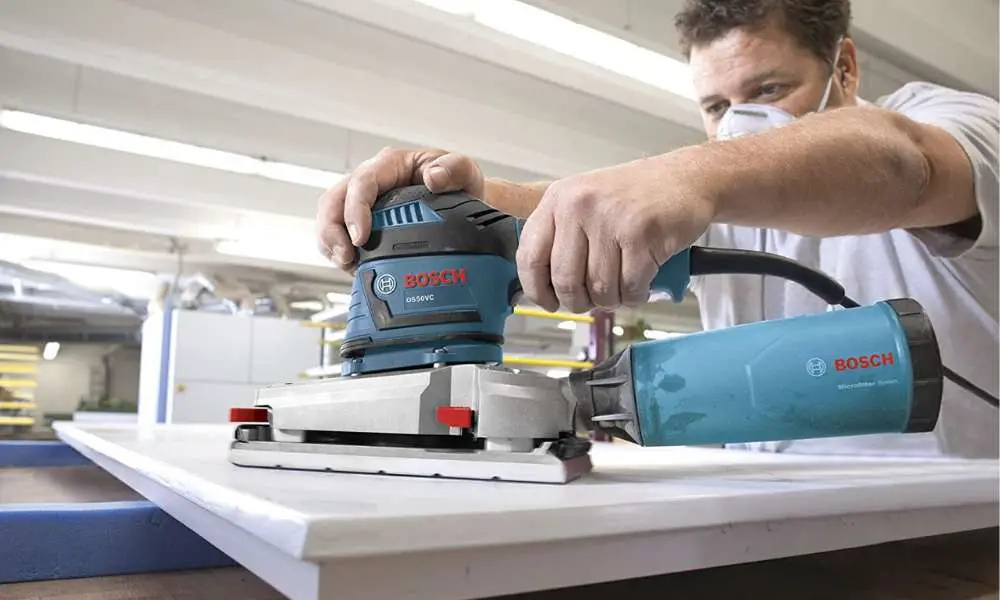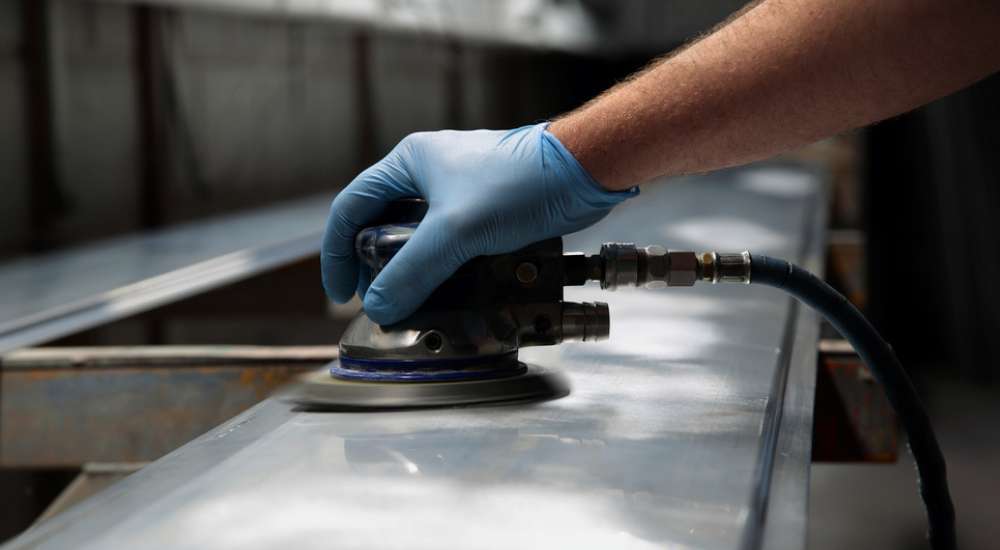Chalk spray paint has emerged as a versatile and user-friendly option for both amateur and professional artists and DIY enthusiasts. It combines the classic, matte finish of traditional chalk paint with the ease and smooth application of a spray can. This innovative medium opens up a realm of possibilities, allowing for quick and even coverage on a variety of surfaces including wood, metal, and even fabric.
Understanding how to use chalk spray paint effectively can transform your DIY projects and artistic endeavors. The key lies in mastering the application technique and knowing the right surfaces and conditions for optimal results. Whether you’re looking to upcycle furniture, create unique art pieces, or add a personal touch to your home décor, chalk paint offers a convenient and effective solution.
To use spray chalk paint successfully, start by preparing your surface – ensuring it is clean, dry, and smooth. Shake the can well before use and maintain a consistent distance while spraying to avoid drips and uneven coating. After spraying, allow the paint to dry thoroughly, which usually takes about an hour. For added durability and a refined look, consider sealing the paint with a wax or varnish. With these simple steps, you can achieve a professional-looking, chalky finish that brings a fresh and stylish look to any painting furniture project.
Contents
How to Use Spray Chalk Paint – 6 Best Painting Tips

Today we will take a comprehensive look at how to use regular chalk paint. By the end of this article, you should get a high-quality finish when working with spray chalk paint.
Cleaning/Preparing the Surface
Before we start working on any kind of project, you need to clean the surface thoroughly. Use soapy water or rubbing alcohol to clean all traces of wax or oil from the surface. Understand that working with a clean surface will only get a smooth and even finish.
Now, most people think you don’t need to carry out any preparations when working with chalk paint. However, you will quickly know that this isn’t true if you have worked on painting projects in the past. Understand that proper preparation when painting furniture will dictate whether or not you end up with a professional finish after spraying chalk paint.
I would recommend sanding the surface before you can start the project. When dealing with old pieces of furniture you have to sand the surface to ensure all the spots and debts are removed. Simply applying chalk on the surface will not remove the dents and spots.
It is also worth mentioning that sanding glossy surfaces will make it easier for chalk spray paint to stick. Note that chalk-style paint will adhere well to raw wood, which means that you have to perform light sanding when dealing with new projects.
It would also help if you applied primer to the surface before applying any chalk paints or regular paint. Although priming is not an essential step, it will come in handy when you need a smooth and professional finish. Applying a coat of primer paint does not take a lot of time and will help to prevent a rough surface.
Choose an Ideal Spray Chalk Paint
When you look around, you will notice that there are many variations of regular chalk paint. What you need is a suitable type of chalk paints for your project. Although initially designed by Annie Sloan, many different companies have started producing chalk paint spray.
If you carry out a quick online search, you can also learn how to create spraying chalk style paint in your home. However, note that the DIY regular chalk paint will not give you a consistent finish. What you need is a high-quality product that can deliver an even finish.
The good news is that chalk spray paint work gives you a lot of options when it comes to color. Ensure you pick out a suitable color that will match your project. Finding the best spray chalk paint for your project is not a task that should be taken lightly.
Purchase a Spray Shelter
Most people tend to overlook the fact that sprayers come with considerable overspray. To avoid getting chalk paint all over your workspace, you need to invest in a high-quality spray shelter. Getting chalk paint off the walls and floors is not a simple task. You will also spend a lot of time cleaning up if you do not use a spray shelter during your project.
The good news is that spray shelters are available in all different shapes and sizes in the market. Your basic options include either the small, large, or medium spray shelter. The size you pick will depend on the type of project you are working on at the time. However, going for large-size shelters is always a huge advantage because you can use them for most types of projects.
Other accessories that you will need for the project include a face mask, eye goggles, and a pair of gloves. When spraying chalk paint, a lot of particles will get into the air making the environment unsafe. Lack of safety equipment may lead to serious health conditions. Ensure you always work with paint sprayers after wearing your eye goggles and face mask.
Thin the Chalk Spray Paint
Only a few sprayers in the market can effectively handle chalk paints. Most of the models will need you to thin the paint before you can use it with your spray gun. Note that regular chalk paints are water-based which means that all you need for the thinning process is clean water.
Thinning chalk spray paint is straightforward. You simply need to add a little amount of water and stir to ensure you have consistency. Follow the included instructions to ensure you use the required amount of water for the thinning process.
However, you can work with unthinned chalk paint if you have a powerful chalk spray gun. What this means is that your sprayer will dictate whether you need to thin your chalk paint or not.
Spray the Chalk Paint
Getting a consistent finish comes down to mastering the spraying technique. Note that you need to stand about 10 inches from the surface when spraying. Working with continuous and long movements will help you get a smooth finish. Ensure that your trigger is switched on before you get close enough to the surface.
Work with overlapping strokes to ensure an even balance of paint on the surface. Each of your strokes needs to overlap by about a third. The good news is that you can always practice your spraying technique on a piece of cardboard before you start painting.
When working with chalk spray paint, you need about two to three coats for an even and professional finish. However, you need to allow adequate drying time between the coats of chalk paint. The beauty of chalk spray paint is that it dries within two hours. You will, therefore, not need to wait for long periods before applying the next coat.
Use the same technique to spray paint the next coat(s). Understand that sticking to the same painting technique will help you get a professional finish. Work in the same direction and with similar movements when applying extra coats of chalk paint.
Clean your equipment
You have to clean your painting equipment once you are done with a painting project. Understand that you will get long-lasting services from clean equipment. Note that you spent a fortune on pieces of equipment such as the spray gun. Proper cleaning will also ensure you get a smooth finish during the next project.
How to Use Chalk Spray Paint in a Spray Can
Chalk paint in a spray can has revolutionized the world of DIY and home decor, offering a convenient and efficient way to achieve that coveted chalky, matte finish. This form of chalk paint combines the traditional qualities of chalk paint with the ease of spray application, making it an ideal choice for both beginners and seasoned DIY enthusiasts.
The Appeal of Spray Chalk Paint
Spray chalk paint is celebrated for its exceptional coverage and ability to adhere to a wide range of surfaces without the need for extensive preparation. It is particularly popular for upcycling furniture, crafting, and home decoration projects due to its ease of use and the attractive, velvety finish it provides. Unlike traditional paint, chalk paint requires minimal prep work, often eliminating the need for sanding or priming, making it a time-saver for busy DIYers.
Preparation and Application
Despite its ease of use, some preparation is still essential for optimal results. Start by cleaning the surface thoroughly to remove dirt, oil, or wax. If the surface is glossy, a light sanding is advisable to enhance paint adhesion. For the best results, especially on heavily used items like furniture, applying a primer can provide a smoother finish and better durability.
When it comes to application, shake the can well before use and maintain a distance of about 8-10 inches from the surface. Spray in a steady, back-and-forth motion, overlapping each pass for even coverage. Avoid spraying too closely or heavily, as this can lead to drips and an uneven finish.
Drying and Curing Time
One of the advantages of spraying chalk-style paint is its relatively quick drying time. Most chalk spray paints are touch-dry within a matter of minutes, though it’s advisable to wait for a few hours before applying a second coat. Full curing, however, may take a few days. During this time, the paint hardens and achieves its full durability.
Finishing Touches
For added protection and to enhance the matte finish, applying a wax or sealant after the paint has fully cured is recommended. This step is particularly important for items that will see frequent use, as it helps protect the paint from wear and tear. The wax or sealant can be applied with a brush or cloth, and buffed to a subtle sheen, giving your piece a professional-looking finish.
Creative Possibilities
Chalk spray paint is not limited to furniture revamps; it’s also ideal for smaller projects like picture frames, plant pots, or decorative items. Its ability to adhere to various surfaces, including wood, metal, and glass, opens up endless creative possibilities.
Environment and Safety Considerations
While chalk paint is generally low in volatile organic compounds (VOCs), it’s still important to use it in a well-ventilated area. Wearing a mask and gloves during application is recommended to avoid inhaling fumes or getting paint on your skin.
Conclusion
Chalk paint in a spray can is a game-changer for DIY projects, offering ease, efficiency, and versatility. With simple preparation, effortless application, and a range of creative uses, it empowers anyone to transform everyday objects into personalized works of art. Whether you’re a seasoned DIYer or a beginner, chalk paint is a tool that can unleash your creativity and breathe new life into old items.
FAQ’s
1. What is chalk spray paint?
Chalk paint is a type of water-based paint that has a matte finish similar to chalk. It is easy to apply paint and can be applied to a variety of surfaces, including wood, metal, and glass. Chalk paint is also versatile and can be used to create a variety of different effects, such as distressed finishes and layered designs.
2. How do I prepare a surface to spray chalk paint?
Before you apply too much paint to a surface, it is important to prepare the surface properly. This will help to ensure that the paint adheres to the surface and that the top coat finish is smooth and even. To prepare a surface for chalk spray paint, you will need to clean the surface thoroughly with a tack cloth and remove any loose dirt or debris. You may also need to sand the surface lightly to create a smooth finish.
3. How do I apply chalk spray paint?
To apply spray chalk paint, shake the can well before use. Then, hold the can about 12 inches from the surface and spray in a light, even coat. Allow the first coat to dry completely before applying a second coat. If you are applying multiple coats, be sure to sand lightly between coats to create a smooth finish.
4. How do I seal spray chalk paints?
Once you have applied Rust-Oleum chalk paint to a surface, it is important to seal it to protect the spray-painted finish. There are a variety of different sealers available, including wax coating, polyurethane, clear coat, and lacquer. Choose a sealer that is appropriate for the surface you are painting.
5. How do I distress chalk paint?
To distress chalk paint, you can use a variety of different techniques. One common technique is to use sandpaper to lightly sand the paint in areas where you want to create a worn or aged look. You can also use a sanding sponge to remove some of the paint, revealing the underlying surface or brush strokes.
Final words
Mastering the use of chalk spray paint can significantly enhance your DIY projects and creative endeavors. This versatile medium offers an easy and efficient way to apply a classic, matte finish to a variety of surfaces. To achieve optimal results, it’s crucial to start with proper surface preparation. Cleaning and sanding the surface, and applying a primer if necessary, lay the groundwork for a smooth and professional finish.
Choosing the right type of chalk paint is equally important. With a wide range of colors and brands available, selecting a high-quality paint that suits your project’s needs is key. This choice not only impacts the finish but also the durability of your work.
The importance of a proper workspace setup cannot be overstated. Using a spray shelter is a wise decision to control overspray and maintain a clean working environment. Moreover, personal safety equipment like masks, goggles, and gloves are essential to protect yourself from paint particles and fumes.
When it comes to the application of chalk spray paint, technique matters. Standing at the right distance, typically around 10 inches from the surface, and using long, continuous strokes ensures an even coat. Overlapping each stroke by about a third helps achieve a balanced application. Depending on the project, multiple coats may be necessary, with each layer requiring adequate drying time to achieve the best finish.
Thinning the paint may be required for some sprayers, and this can be easily done with water due to the water-based nature of chalk paint. However, with a powerful spray gun, this step might be unnecessary. Regardless, understanding your equipment and how it interacts with the paint is crucial for a smooth application.
The beauty of chalk spray paint lies not only in its aesthetic appeal but also in its drying time, which is relatively quick compared to other paint types. This allows for faster project completion without compromising on quality.
Finally, the versatility of chalk spray paint extends beyond traditional DIY projects. It can be used in various artistic applications, offering creatives a new medium to explore. Whether you’re upcycling furniture, transforming home decor, or creating art, chalk paint provides a unique finish that can bring a touch of elegance and style to any piece.
In summary, using chalk spray paint effectively requires understanding and attention to various factors – from preparation and paint selection to application technique and safety measures. By following these guidelines, you can achieve professional-looking results that are both beautiful and durable. Spray chalk paints are more than just a painting medium; it’s a tool for creative expression, allowing you to transform ordinary objects into extraordinary pieces of art.
Hopefully, you have learned how to use chalk spray paints effectively. The beauty of chalk paint is that it creates a chalky-like appearance that will give your surface that much-needed aged illusion. It is a universally used color treatment that is ideal for fabrics, furniture, and more. Ensure you find a suitable chalk paint sprayer before you start working on your project. Understand that not all sprayers can effectively handle chalk paint. Since chalk paint is water-based, ensure you find sprayers that can handle water-based paints easily.




Leave a Reply